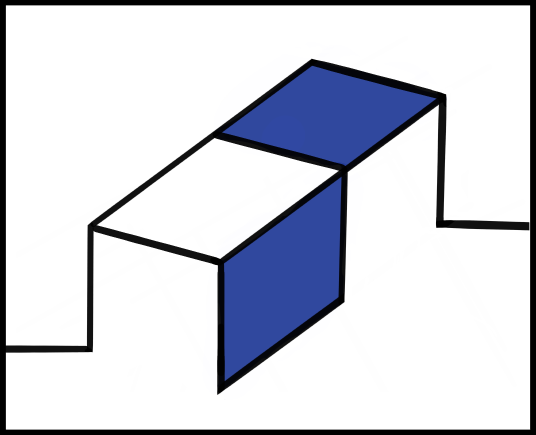Berger Hybrid Bullets and the Long Jump
The test rifle at the range: Howa 6mm Creedmoor barreled action, Oryx Chassis, JAMER Benchrest Bag Rider, Harris Bipod, Athlon scope.
If you hand load for the 6mm Creedmoor like we do you have noticed something inconvenient; for a cartridge over all length (COAL) that fits in a typical magazine, there is a long jump to the lands with a SAAMI chamber. In our case, in our stock Howa barreled action (in an Oryx chassis), after careful measurements of the cartridge base to ogive (CBTO) with a bullet comparator, it was clear that the minimum jump for the Berger 109gr Hybrid Target bullet that would fit in a magazine was going to be about 0.060”; this is a long jump to the lands, especially for those who are used to seating bullets very close or even into the lands.
So what to do? Window your magazine? Buy a custom barrel with a shortened freebore? What if I told you there was no need for any of this, and long jumps are not only OK, but are good. Yes, long jumps can be GOOD. Berger even advocates testing long jumps in their loading guides.
The Berger 109 6mm hybrid target bullet was designed with a combination secant/tangent ogive so it would have a high ballistic coefficient (B.C.) and still be jump tolerant for SAAMI chamberings. So we decided to load a jump ladder and see just how far the Berger bullet could be jumped while providing good performance.
Here is what we used in our test:
- Stock Howa 6mm Creedmoor
- MDT Oryx chassis
- JAMER Benchrest Bag Rider
- Hornady brass, sized with 0.003” neck tension
- CCI BR-4 small rifle Primers
- Allient Reloader 16 powder, 40.0 gr for all bullets (NOTE: this is a higher load so work up to this)
- Berger 109 gr Hybrid Target Bullets, HBN coated
- CBTO (cartridge base to ogive) with the bullets in the lands was measured carefully, several times, with a Hornady OAL gauge. This establishes the measurement used to calculate jump distance.
- Three bullets were loaded for a series of 0.005” jump increments from 0.065” to 0.165”. That is a total of 21 test lengths and 63 test firings.
- Bullets were seated with a Forster Ultra Micrometer Seater Die and measured after seating with a Hornady CBTO gauge. All bullets were within +/- .001” of the target jump (most were exact).
- Distance to target was 100 yards
- Conditions were 5-15 mph winds coming from 5 to 6 o’clock. Due to the wind direction (tail wind), the high BC of these bullets, and the short distance to the target, the wind did not have a significant impact on testing.
OK let me state this one more time, and this is not a typo… 0.005” jump increments from 0.065” to 0.165”. I know what you are probably thinking… Those jumps are really, really long. Are they really going to group well? Understandably skeptical? Perhaps we should go straight to the data and the results…
Jump Length vs Group Size
Note that there are two lines shown in the plot for each of the jump lengths, mean radius and group size. Group size is the traditional measurement that measures between the centers of the bullet holes in the group that are farthest apart. Mean radius also takes into consideration the shape of the group and thus is a better indicator of the group characteristics; it is especially useful for 5-shot and larger group measurements.
The smallest group size was seen at a jump of 0.085” which is a jump range others have reported works well with this bullet. However, note that there is a steep rise in the group size on either side of this range of jump. That means small changes in bullet seating depth, or throat erosion, will result in large changes in group size. The same characteristic is visible at the 0.105” jump.
Now look to the jump range from 0.120” to 0.135”. This region shows little variation from jump to jump as represented by the flattened line. That means loading in this region will be more robust, and maintain its size with variations in such factors as bullet seating depth, bullet shape consistency, and increases in jump as the chamber lands wear. It gives up very little (if any) in terms of group size to the 0.085” and 0.105” jumps, and therefore is not a compromise in performance. Also note that all of the groups in this range are smaller than 0.5” and therefore are definitely good enough for medium range hunting and even for competitive shooting such as PRS.
In short, if you are handloading, it pays to test a broad range of jumps because the first or even the second node you find may not be the best, especially with hybrid bullets.
We are keeping this article intentionally brief, but for more information on jump based tuning, read this great article by Mark Gordon on bullet jump testing in PRECISION RIFLE SHOOTING
To back up the data, here are some of our sample targets for the jump measurements shown above.







